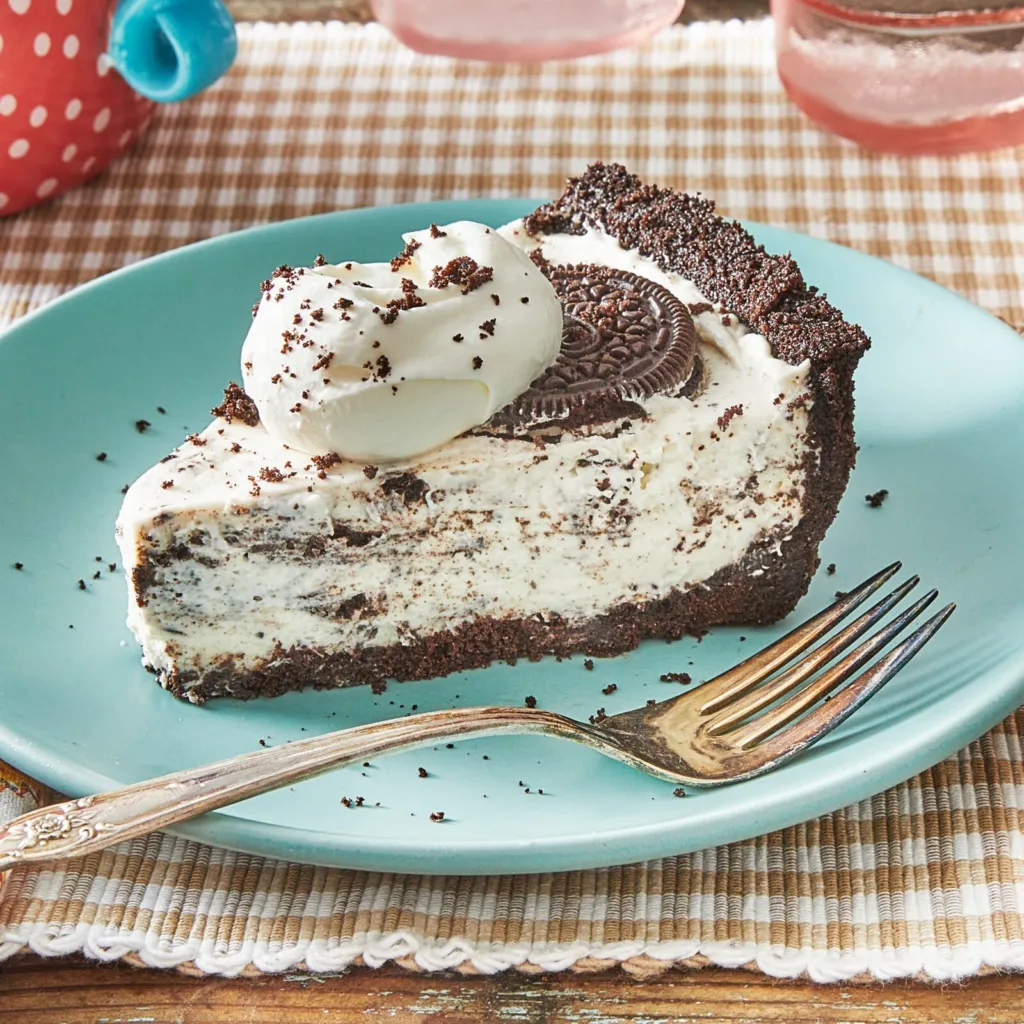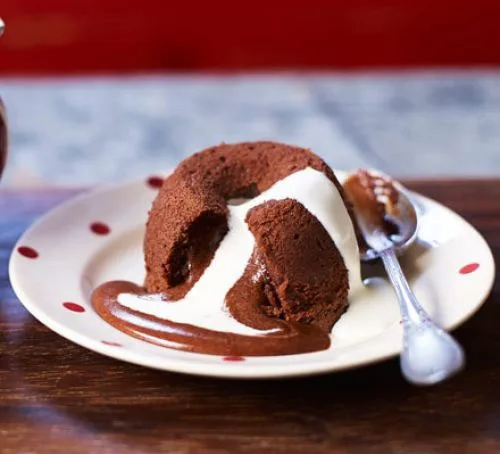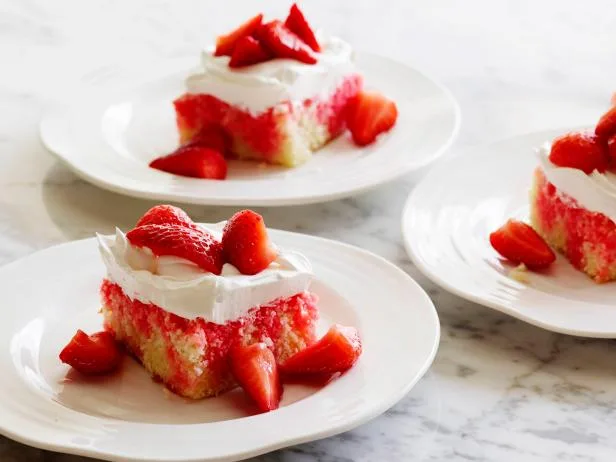Indulging in desserts can seem daunting when you’re trying to lose weight. But you don’t have to give up sweets completely to reach your goals. With smart strategies, you can still enjoy sweet treats in moderation while staying on track. This blog will explore how to incorporate desserts into a healthy weight loss plan. You’ll learn tips for making better choices, managing portions, and balancing cravings. We’ll also cover healthier baking substitutions and mindful eating techniques. Mastering desserts is achievable – read on to satisfy your sweet tooth the smart way!

Introduction
Who doesn’t love a good dessert? There’s just something so blissful about sinking your teeth into a fudgy brownie or creamy cheesecake. But when you’re trying to lose weight, desserts can feel off-limits. The idea of restricting these sweet indulgences may seem depressing. However, with the right techniques, you can absolutely enjoy desserts as part of a healthy weight loss plan!
Learning to incorporate sweets in moderation is an important skill on your journey. Depriving yourself will only lead to intense cravings and binge eating later. By allowing calculated treats, you’ll feel more in control of your diet. This balanced approach helps promote sustainable, long-term weight loss. So don’t avoid desserts – become a master at fitting them into your regimen!
In this post, you’ll discover strategies for making better dessert choices tailored to your goals. We’ll provide tips for managing portions, timing indulgences properly, and substituting ingredients in homemade bakes. You’ll also learn mindful eating techniques to fully savor sweet treats. Arm yourself with this knowledge to conquer cravings and succeed on your weight loss path. A slimmer waistline and satisfied sweet tooth awaits!
Understanding Desserts and Weight Loss
First, let’s define what role desserts should play when trying to lose weight. Dessert is typically defined as a sweet treat consumed after dinner. This may include items like cake, cookies, pudding, ice cream, and more. While these foods taste great, they tend to be high in sugar, unhealthy fats, and calories.
Consuming large portions or multiple desserts in a day can sabotage weight loss goals. The key is moderation – limiting yourself to small servings on occasion. When dessert is a special treat rather than a daily habit, it can be part of a balanced diet. Pay attention to portion size, and be cautious of high-calorie items.
It’s also helpful to understand which types of desserts are reasonable choices versus diet derailers. Fruit-based options made with minimal added sugar are a lighter choice. Examples include baked apples, poached pears, or banana “nice” cream made by blending frozen bananas.
On the other end of the spectrum, items like cakes, pies, cobblers, and cookies pack a heavy caloric punch. The high sugar content coupled with butter, cream, and oils create a perfect storm for extra pounds. Be very choosy when indulging in these baked goods – opt for thin slices or small taste portions.
Beyond calories, it’s important to reflect on the psychology behind dessert cravings. There may be emotional eating triggers causing you to reach for sweets. Stress, boredom, sadness, or loneliness can all manifest as food cravings. Being mindful of these habits will help you make conscious choices.

Healthier Dessert Choices
Banning dessert completely sets you up for failure. But there are many ways to lighten these treats so they align with your diet. Explore these smarter options for satisfying your sweet tooth.
Fruit is a fantastic way to create lower-calorie desserts with natural sweetness. Berries, mango, pineapple, oranges and bananas all shine in sweets. Bake or grill fruits plain or with spices for depth. Blend frozen bananas into “ice cream.” Or simmer fruit into compotes or chutneys as a topping.
When baking, substitute sugar with lower calorie alternatives. Options like stevia, erythritol, vanilla extract, and cinnamon infuse sweetness without the added calories. For fat, applesauce or avocado can replace some butter or oil in recipes. And whole grains like oat flour, almond flour or coconut flour provides more fiber and nutrients than all-purpose flour.
You may assume store-bought treats are always worse than homemade. But many packaged snacks are perfectly portioned with smart ingredient swaps. Portable yogurt cups, protein-packed bars, or mini dark chocolate squares are designed for weight conscious snackers. Read nutrition labels closely and look for options under 200 calories with limited added sugar.
And if you do indulge in a bigger splurge, look for ways to share the experience. Split a small dessert with a friend, or plate it up into smaller tasting portions. This allows you to try a little of everything without going overboard on portions. You’ll still feel satisfied but consume less overall.
Balancing Desserts with Your Diet
Okay, you’ve got healthier options on your radar. But how exactly should dessert fit into your eating plan for weight loss? Here are some tips.
Strategically integrate sweet treats with the rest of your meals. Enjoy desserts on days when your overall nutrition will be balanced with vegetables, lean protein and whole grains. Avoid pairing sweets with heavier restaurant meals or periods of overeating.
Consider timing your indulgences for earlier in the day. Since dessert is often an after dinner treat, we associate it with the end of eating for the day. But enjoying a sweet snack mid-afternoon can help prevent later binges. Just be cautious of decreasing your appetite for healthy dinners.
Always practice moderation. Pick whole grain muffin instead of a slice of cake, or a small scoop of ice cream rather than a whole bowl. Measure snacks to keep portions in check. And savor every bite – don’t eat mindlessly. Paying attention helps satisfaction kick in quicker.
Track your dessert intake in your food journal or app. This keeps you aware of exactly how often you’re indulging, which prevents habits from forming. Shooting for treats just 2-3 times per week is reasonable for weight loss. Adjust as needed if your progress stalls. Staying accountable is key.

Cooking and Baking for Weight Loss
To control exactly what goes into dessert, you can’t beat baking from scratch. This lets you experiment to lighten your favorite recipes with substitutions and new techniques.
Get creative with lower calorie recipe modifications. Replace some fats with Greek yogurt, applesauce or mashed bananas in cakes and muffins. Use a light sprinkle of chocolate chips rather than packing them in. Try avocado instead of butter in brownies.
Whip egg whites into peaks and gently fold into batter to decrease the calories from yolks. Substitute heavy cream with milk or nut milks. And reduce portions by making treats in mini or individual sizes.
Adapt recipes to suit your diet needs whether that means gluten free, dairy free, low carb or other preferences. Creatively craft healthier versions of classics like “Skinny” Mint Chocolate Chip Ice Cream, Banana Bread Breakfast Bars or Black Bean Brownies. Homemade lets you control exactly what you eat.
When baking, immediately portion out a serving and pack the rest away out of sight. This prevents going back for second and third helpings. Share any excess with neighbors, family and co-workers if your willpower fails. Out of sight means out of mind.
The Mindful Dessert Experience
Beyond just choosing healthier recipes, how you eat sweets also matters. Rushing through dessert or eating mindlessly can sabotage satisfaction. Savor every bite using mindful eating techniques.
Sit down and eliminate distractions when enjoying any treat. Tune into the texture, flavor, sweetness and aroma of each nibble. Allow yourself to fully taste and appreciate the experience. Avoid multitasking which prevents presence.
Pay attention to your hunger and fullness cues before, during and after eating sweets. Have a drink of water first to determine if you’re truly hungry or just bored. Stop midway to check if your stomach feels satisfied. And wrap up leftovers before you’re overly full.
Prevent guilt by planning desserts into your regimen in appropriate portions. Remind yourself there is no “good” or “bad” food – it’s about balance. Reflect on why you felt motivated to eat this treat in the first place. Learning from cravings prevents them from recurring.
Don’t punish yourself for enjoying life’s sweet pleasures! Monitor your thoughts to ensure your relationship with food stays positive. Stay present in each eating experience without judgment.

Conclusion
With the right mindset and smart techniques, you can indulge your sweet tooth and reach weight loss goals. Having dessert in moderation will satisfy your cravings without derailing progress. Pay attention to portions, choose healthier recipes, and savor each bite. Integrate sweets strategically into your eating regimen for the long haul.
This balanced approach prevents restrictive dieting downfalls like binges, guilt and overwhelm. By allowing calculated indulgences, you’ll feel empowered to make conscious choices. So embrace a little sweetness – just stay mindful. You’ve got this! Now enjoy the journey.
Subscribe and Explore
If you enjoyed this post, make sure you get future weight loss strategies delivered to your inbox! Sign up for my free weekly newsletter below to receive tips on food, nutrition, health and wellness.
[Sign up here]
Hungry for more advice? Check out other related posts on our website.
Mastering desserts for weight loss is completely achievable. With the tips in this post, you can satisfy your sweet tooth the smart way!
Thank you for reading this post, don't forget to subscribe to our free newsletter
!
